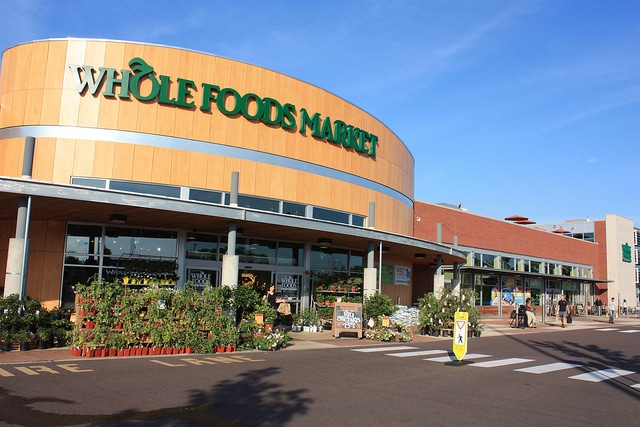Small grocery store chains are a casualty of the grocery wars

At the Tops Market on Main Street recently, there was a “Mega Meat Sale” — buy one pork chop and get another free. There were specials on avocados, paper towels and fried fish. Craft beer shared shelf space in the brightly lit store with cases of Genesee, a local favorite.
Tops was cutting prices even though it had filed for bankruptcy last month, responding to pressure from behemoths like Amazon and Walmart — which are lowering prices and targeting new markets — and from discount stores like Dollar General. The food war that is raging across the country is weeding out the weakest links, leaving small and medium-size grocery companies struggling to stay afloat, writes Michael Corkery of The New York Times in a story that was publishes by the Philadelphia Business Journal.
[uam_ad id=”54865″]
Amazon’s $13 billion purchase of Whole Foods in June added a sense of urgency to the competition to feed U.S. families, raising the prospect that the e-commerce giant would upend groceries just as it has every other aspect of retail. This month, Walmart responded with its own plan to start offering an online grocery delivery service in 100 cities.
At stake is not only the price of toothpaste and bananas, but the fate of thousands of cashiers, cake decorators and meat cutters, many of whom belong to labor unions and are owed pensions when they retire. Tops employs more than 12,000 unionized employees at about 160 stores in New York, Pennsylvania and Vermont.
To read the complete story, click here.
[uam_ad id=”54875″]
Stay Connected, Stay Informed
Subscribe for great stories in your community!
"*" indicates required fields













![95000-1023_ACJ_BannerAd[1]](https://montco.today/wp-content/uploads/sites/2/2023/03/95000-1023_ACJ_BannerAd1.jpg)






![ForAll_Digital-Ad_Dan_1940x300[59]](https://montco.today/wp-content/uploads/sites/2/2022/06/ForAll_Digital-Ad_Dan_1940x30059.jpg)






















